Home>Home Appliances>Laundry Appliances>How To Wash A Wool Blanket In A Washing Machine
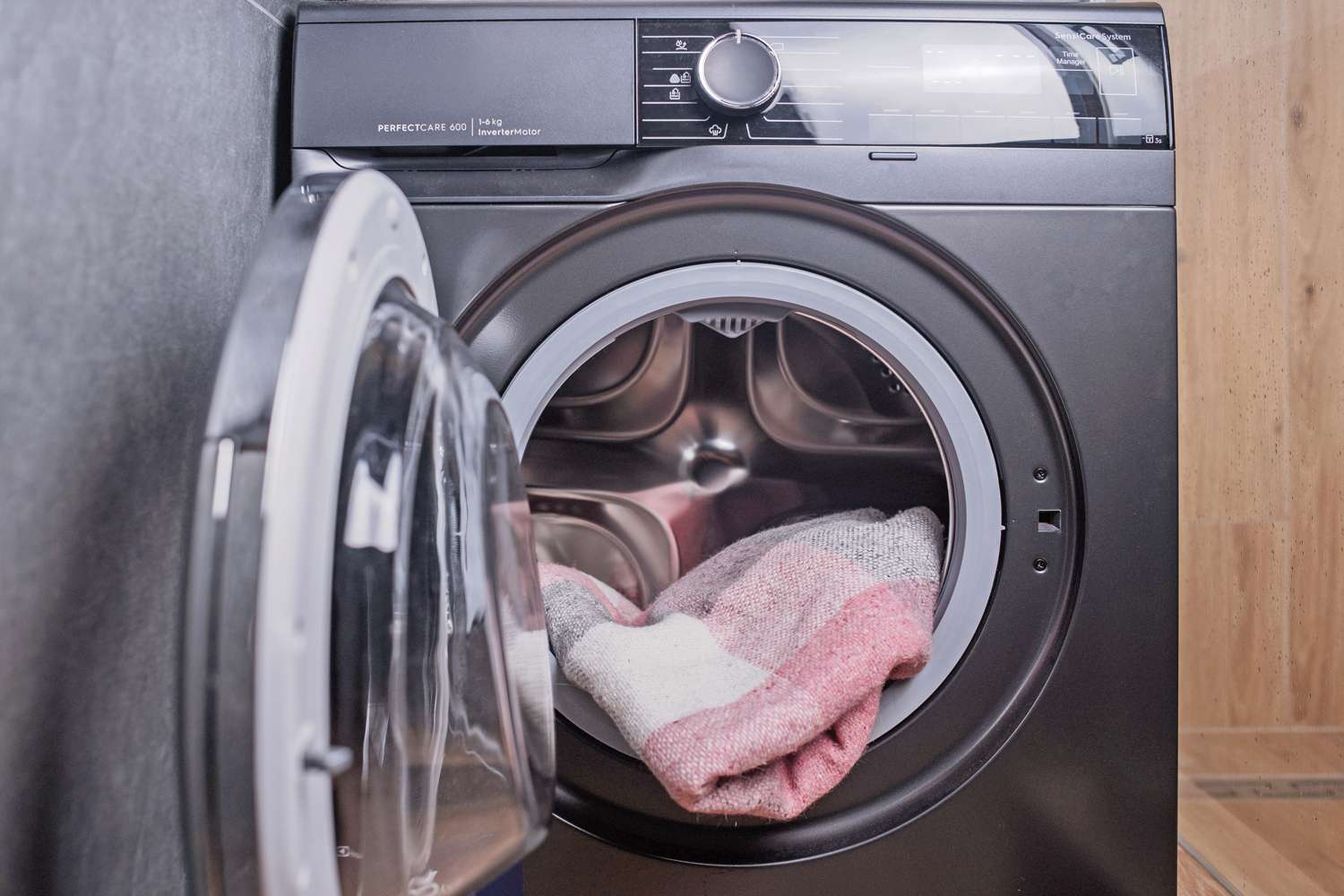

Laundry Appliances
How To Wash A Wool Blanket In A Washing Machine
Modified: March 24, 2024
Learn how to properly wash a wool blanket in a washing machine with our expert laundry appliance tips. Keep your blanket clean and cozy without any damage.
(Many of the links in this article redirect to a specific reviewed product. Your purchase of these products through affiliate links helps to generate commission for Storables.com, at no extra cost. Learn more)
Preparing the Wool Blanket for Washing
Before tossing your beloved wool blanket into the washing machine, it's crucial to prepare it properly to ensure a successful and gentle cleaning process. Wool is a delicate fabric that requires special care to maintain its softness and integrity. Here's how to prepare your wool blanket for a thorough yet gentle wash:
-
Check the Care Label: The care label on your wool blanket is your best friend when it comes to understanding the manufacturer's recommendations for cleaning. It provides valuable information about the appropriate water temperature, washing cycle, and any specific precautions to follow. Always adhere to the instructions on the care label to prevent unintentional damage to your wool blanket.
-
Inspect for Stains and Spills: Before washing your wool blanket, carefully examine it for any visible stains or spills. If you spot any localized soiling, it's advisable to spot-treat the affected areas before proceeding with the washing process. Use a gentle wool-safe stain remover or a mixture of mild detergent and water to pre-treat the stains. Gently dab the solution onto the stained areas and allow it to sit for a few minutes before rinsing.
-
Address Loose Threads and Snags: Inspect the wool blanket for any loose threads or snags that could potentially worsen during the washing cycle. Carefully trim any loose threads or gently pull them back into place to prevent further unraveling. Additionally, check for any loose embellishments or decorative elements that may need extra attention during the washing process.
-
Gently Shake or Brush: To remove loose dirt, dust, and pet hair from the wool blanket, give it a gentle shake outdoors or use a soft-bristled brush to lightly brush the surface. This step helps minimize the amount of debris that ends up in the washing machine, reducing the risk of potential damage to the blanket or the washing machine itself.
By taking the time to properly prepare your wool blanket for washing, you set the stage for a successful and effective cleaning process. These initial steps help safeguard the delicate fibers of the wool and contribute to maintaining the overall quality and appearance of your cherished blanket.
Key Takeaways:
- Properly preparing your wool blanket before washing is crucial. Check the care label, treat stains, address loose threads, and gently shake or brush to maintain its quality.
- When washing a wool blanket, select gentle washing machine settings, use a mild detergent, and handle the drying process with care to preserve its softness and quality.
Read more: How To Wash Wool In A Washing Machine
Selecting the Right Washing Machine Settings
When it comes to washing a wool blanket in a washing machine, selecting the appropriate washing machine settings is paramount to ensure the gentle treatment of this delicate fabric. The wrong settings can lead to shrinkage, felting, or damage to the wool fibers. Here's a comprehensive guide to help you navigate the maze of washing machine settings and make the best choices for your wool blanket:
Water Temperature:
Choosing the right water temperature is crucial for washing wool blankets. Opt for cold or lukewarm water to prevent excessive agitation and minimize the risk of shrinkage. Hot water can cause wool fibers to constrict and felt, resulting in a distorted and matted appearance. Most modern washing machines offer specific settings for cold or gentle cycles, which are ideal for wool items.
Agitation and Spin Speed:
Wool is sensitive to agitation and high spin speeds, which can lead to stretching, distortion, and damage to the fabric. Select a gentle or delicate cycle on your washing machine to minimize agitation and reduce the spin speed. These settings help maintain the integrity of the wool fibers while ensuring a thorough yet gentle cleaning process.
Duration of the Wash Cycle:
When washing a wool blanket, opt for a shorter wash cycle to minimize the exposure of the fabric to water and agitation. Shorter cycles help prevent excessive friction and reduce the likelihood of the wool fibers becoming entangled or damaged. Many modern washing machines offer customizable cycle durations, allowing you to adjust the wash time according to the specific needs of your wool blanket.
Specialized Wool or Delicate Setting:
Some washing machines feature specialized settings designed specifically for wool or delicate fabrics. These settings typically incorporate gentle agitation, lower spin speeds, and shorter wash cycles to accommodate the unique requirements of wool items. If your washing machine offers a wool or delicate setting, it's advisable to utilize this option for washing your wool blanket.
Pre-Wash Soak or Rinse:
For heavily soiled wool blankets, consider utilizing a pre-wash soak or rinse function if available on your washing machine. This preliminary step helps loosen dirt and grime from the fabric, allowing for more effective cleaning during the main wash cycle. However, it's important to ensure that the pre-wash phase is gentle and does not subject the wool blanket to harsh treatment.
By carefully selecting the right washing machine settings, you can safeguard your wool blanket from potential damage while ensuring a thorough and gentle cleaning process. These considerations play a pivotal role in preserving the softness, shape, and overall quality of your cherished wool blanket.
Using the Appropriate Detergent
Selecting the right detergent is a critical aspect of washing a wool blanket in a washing machine. Wool is a delicate fabric that requires a gentle yet effective cleaning solution to maintain its softness and integrity. Using the appropriate detergent not only ensures the thorough removal of dirt and odors but also helps preserve the natural properties of the wool fibers. Here's a comprehensive guide to help you choose the best detergent for washing your wool blanket:
Mild and pH-Balanced Formulation:
Opt for a mild, pH-balanced detergent specifically designed for wool and other delicate fabrics. These specialized detergents are formulated to clean effectively without compromising the natural structure of wool fibers. They help prevent excessive stripping of natural oils and maintain the softness and elasticity of the wool blanket.
Read more: How To Store A Wool Blanket
Wool-Safe and Biodegradable Ingredients:
Look for detergents that are labeled as wool-safe and contain biodegradable ingredients. These detergents are free from harsh chemicals, optical brighteners, and enzymes that can be detrimental to wool fibers. Biodegradable detergents are environmentally friendly and gentle on the delicate ecosystem, aligning with sustainable laundry practices.
Liquid Detergent for Easy Dispersion:
Opt for liquid detergents over powdered ones when washing wool blankets. Liquid detergents dissolve easily in water, ensuring uniform dispersion and preventing residue buildup on the fabric. This helps minimize the risk of uneven cleaning and ensures thorough rinsing, leaving your wool blanket clean and residue-free.
Avoiding Bleach and Fabric Softeners:
Steer clear of chlorine bleach and fabric softeners when washing wool blankets. Bleach can cause discoloration and weaken the wool fibers, while fabric softeners may leave a coating that affects the breathability and natural texture of the wool. Instead, focus on using a gentle, wool-safe detergent to maintain the pristine condition of your wool blanket.
Testing for Allergens and Sensitivities:
If you or your household members have allergies or sensitivities, opt for a hypoallergenic detergent that is free from fragrances and dyes. Testing the detergent on a small, inconspicuous area of the wool blanket can help ensure compatibility and prevent adverse reactions.
By choosing the appropriate detergent for washing your wool blanket, you can effectively cleanse the fabric while safeguarding its natural properties and prolonging its lifespan. The right detergent plays a pivotal role in maintaining the softness, color vibrancy, and overall quality of your cherished wool blanket.
Read more: How To Store Wool Blankets
Washing the Wool Blanket
Once you have meticulously prepared your wool blanket and selected the appropriate washing machine settings, it's time to embark on the crucial step of washing the wool blanket. This stage requires a delicate touch and a keen eye for ensuring that the wool fibers are cleansed effectively without compromising their integrity. Here's a detailed guide to help you navigate the process of washing your wool blanket with care and precision:
Loading the Washing Machine:
Gently place the prepared wool blanket into the washing machine, ensuring that it has ample space to move freely during the wash cycle. Avoid overloading the machine, as overcrowding can lead to uneven cleaning and potential damage to the fabric. If you're washing multiple wool items simultaneously, ensure that they are compatible in terms of color, weight, and care instructions.
Adding the Wool-Safe Detergent:
Carefully measure the appropriate amount of wool-safe detergent according to the manufacturer's instructions. Pour the detergent into the designated dispenser or directly into the washing machine drum. Avoid applying the detergent directly onto the wool blanket, as this can lead to concentrated exposure and potential residue buildup. The goal is to achieve a uniform distribution of the detergent for thorough yet gentle cleansing.
Initiating the Wash Cycle:
Select the predetermined gentle or delicate cycle on your washing machine to initiate the wash cycle. Ensure that the water temperature, agitation, and spin speed align with the recommended settings for washing wool items. If your machine offers customizable options, double-check the settings to guarantee a gentle and effective cleaning process. Once the cycle commences, monitor the machine briefly to ensure that the wool blanket is moving freely and not becoming entangled.
Read more: How To Wash A Wool Blanket
Monitoring the Progress:
Throughout the wash cycle, keep an eye on the machine to ensure that the wool blanket is being treated with the utmost care. If your machine features a transparent door or lid, take advantage of this visibility to observe the cleaning process without interrupting the cycle. This allows you to intervene promptly if any issues arise, such as excessive agitation or uneven distribution of the blanket within the drum.
Completing the Wash Cycle:
Once the wash cycle is complete, promptly remove the wool blanket from the washing machine to prevent prolonged exposure to moisture. Gently lift the blanket out of the machine and avoid wringing or twisting it, as these actions can distort the shape and texture of the wool fibers. Instead, handle the blanket with care and proceed to the next crucial step: drying the wool blanket.
By following these meticulous steps, you can ensure that your wool blanket undergoes a thorough yet gentle washing process, preserving its softness, color vibrancy, and overall quality. Washing a wool blanket demands patience and attention to detail, but the rewarding outcome is a beautifully cleansed and rejuvenated blanket that continues to provide warmth and comfort for years to come.
Drying the Wool Blanket
After the meticulous washing process, the next critical phase in caring for your wool blanket is the proper drying method. Drying a wool blanket necessitates a gentle approach to prevent shrinkage, distortion, or damage to the delicate fibers. Here's a comprehensive guide to ensure the optimal drying of your freshly washed wool blanket:
Removing Excess Moisture:
Upon removing the wool blanket from the washing machine, gently press it between clean, dry towels to absorb excess moisture. Avoid wringing or twisting the blanket, as these actions can compromise its shape and texture. Instead, apply light pressure to facilitate the absorption of water, preparing the blanket for the subsequent drying process.
Read more: How To Wash A Blanket In The Washing Machine
Flat Drying Method:
Lay the wool blanket flat on a clean, dry towel or a breathable mesh drying rack. Smooth out any wrinkles or folds to encourage even drying and maintain the original dimensions of the blanket. Avoid hanging the wool blanket, as its weight can lead to stretching and distortion. By opting for the flat drying method, you allow the blanket to air dry evenly without subjecting it to unnecessary strain.
Adequate Air Circulation:
Position the wool blanket in a well-ventilated area with ample air circulation. Avoid direct exposure to sunlight or heat sources, as prolonged sunlight can cause fading and damage to the wool fibers. Instead, choose a shaded spot with good airflow to facilitate the natural evaporation of moisture from the blanket. Periodically adjust the position of the blanket to ensure uniform drying on both sides.
Patience and Monitoring:
Allow the wool blanket to air dry naturally, exercising patience throughout the process. Depending on the ambient humidity and airflow, the drying time may vary. Periodically check the blanket for any residual moisture, ensuring that it is completely dry before storage. Gently touch the fabric to assess its dryness, paying attention to any lingering dampness in thicker areas or folds.
Storage Preparation:
Once the wool blanket is thoroughly dry, fold it neatly to prevent creasing and store it in a breathable fabric storage bag or a clean, dry closet. Avoid using plastic bags or airtight containers, as these can trap moisture and compromise the freshness of the wool. By preparing the wool blanket for storage in a breathable environment, you help maintain its pristine condition and extend its longevity.
By adhering to these meticulous drying guidelines, you can safeguard the softness, shape, and overall quality of your wool blanket. The careful drying process complements the gentle washing method, ensuring that your cherished wool blanket retains its luxurious texture and warmth for years to come.
Frequently Asked Questions about How To Wash A Wool Blanket In A Washing Machine
Was this page helpful?
At Storables.com, we guarantee accurate and reliable information. Our content, validated by Expert Board Contributors, is crafted following stringent Editorial Policies. We're committed to providing you with well-researched, expert-backed insights for all your informational needs.

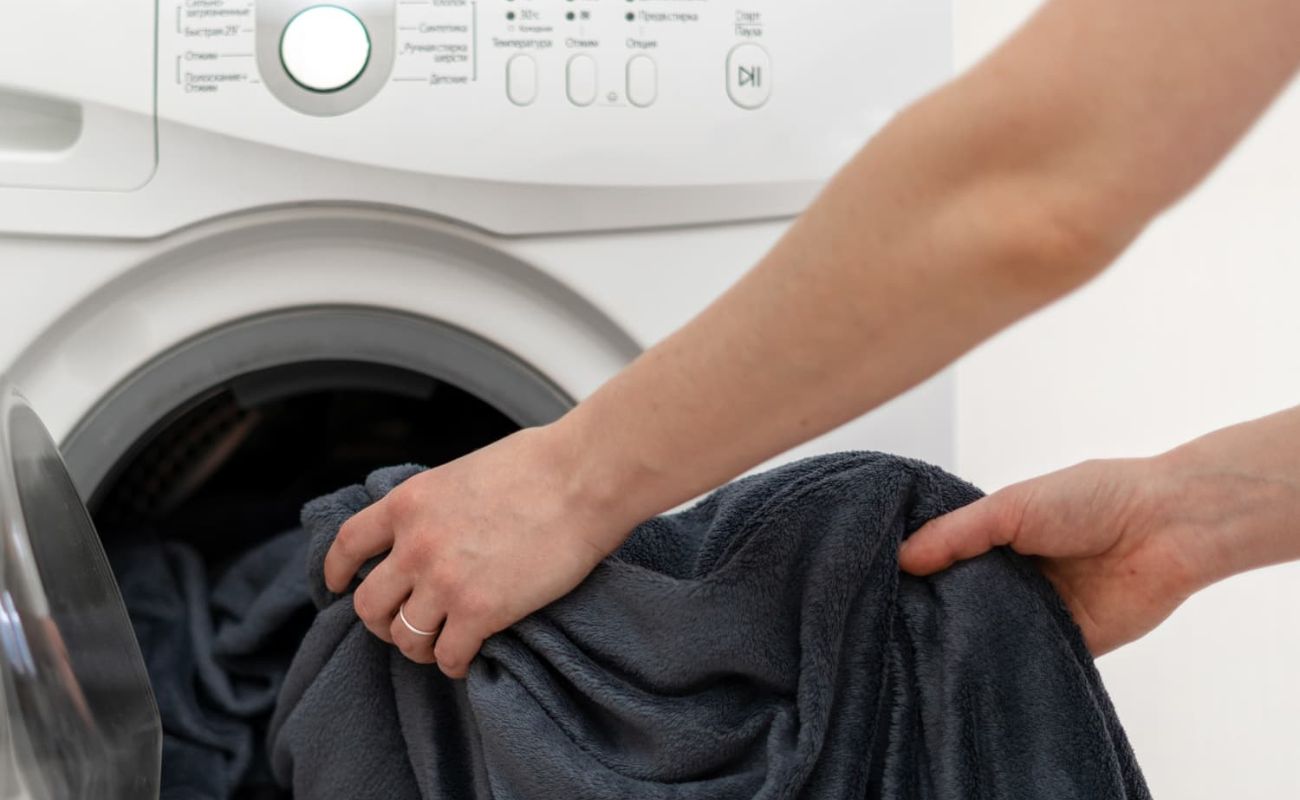

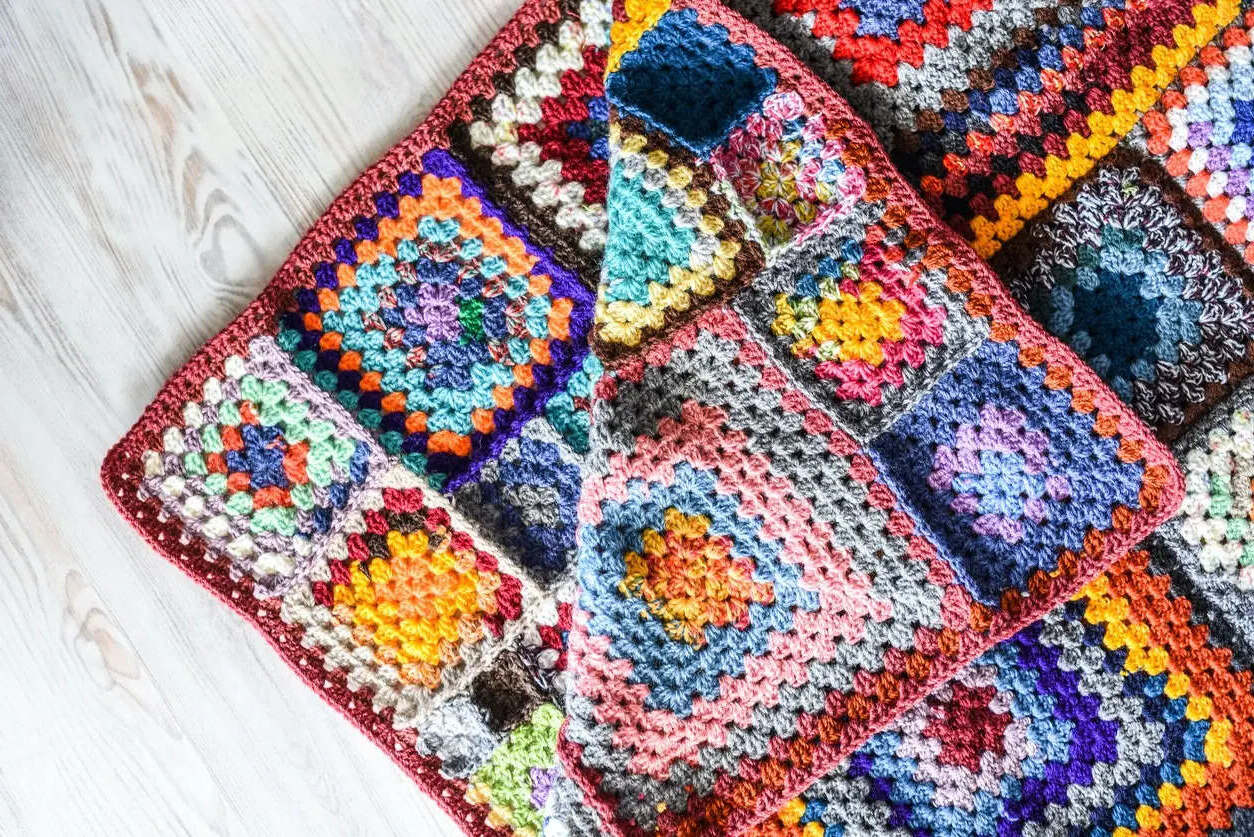
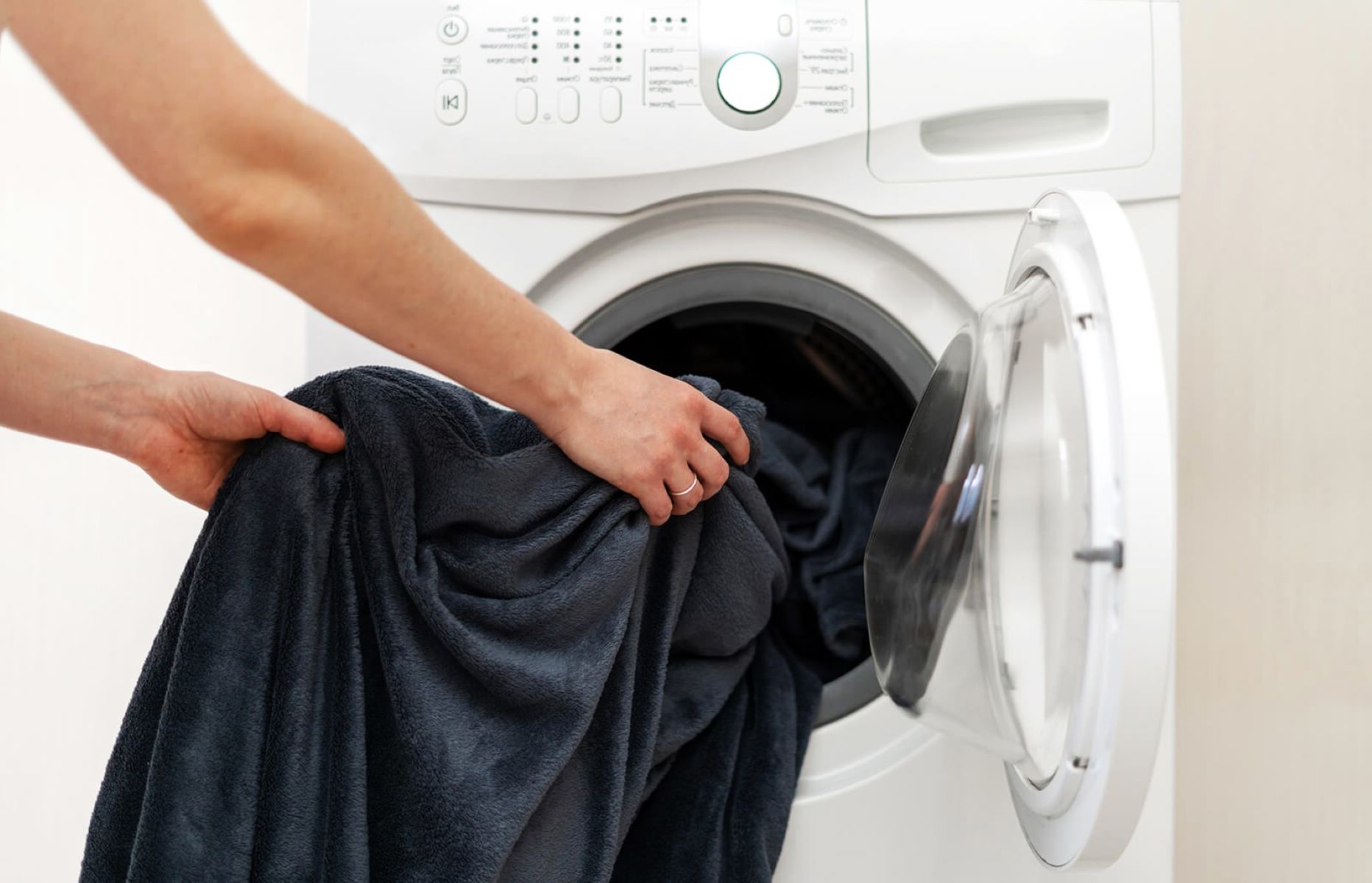


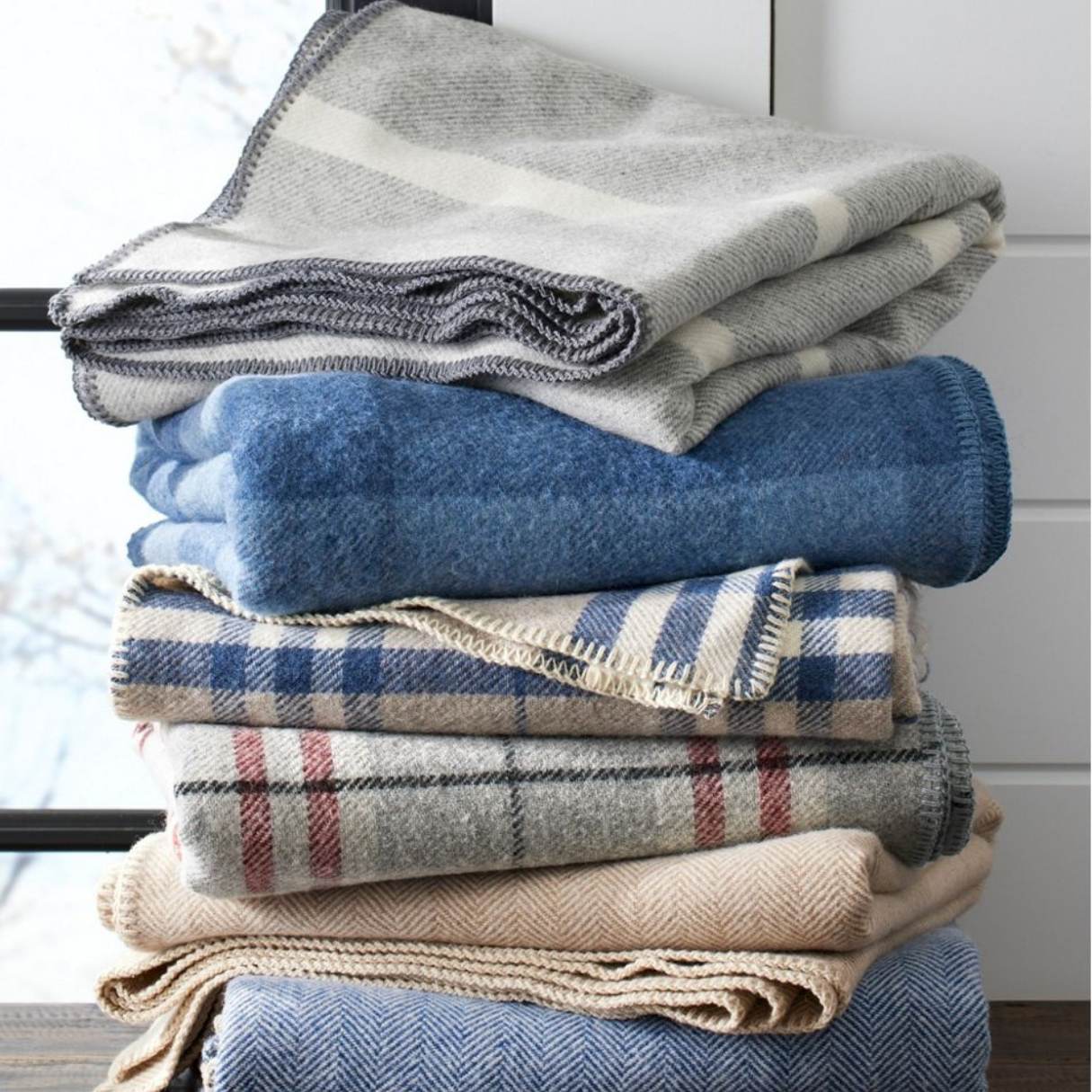
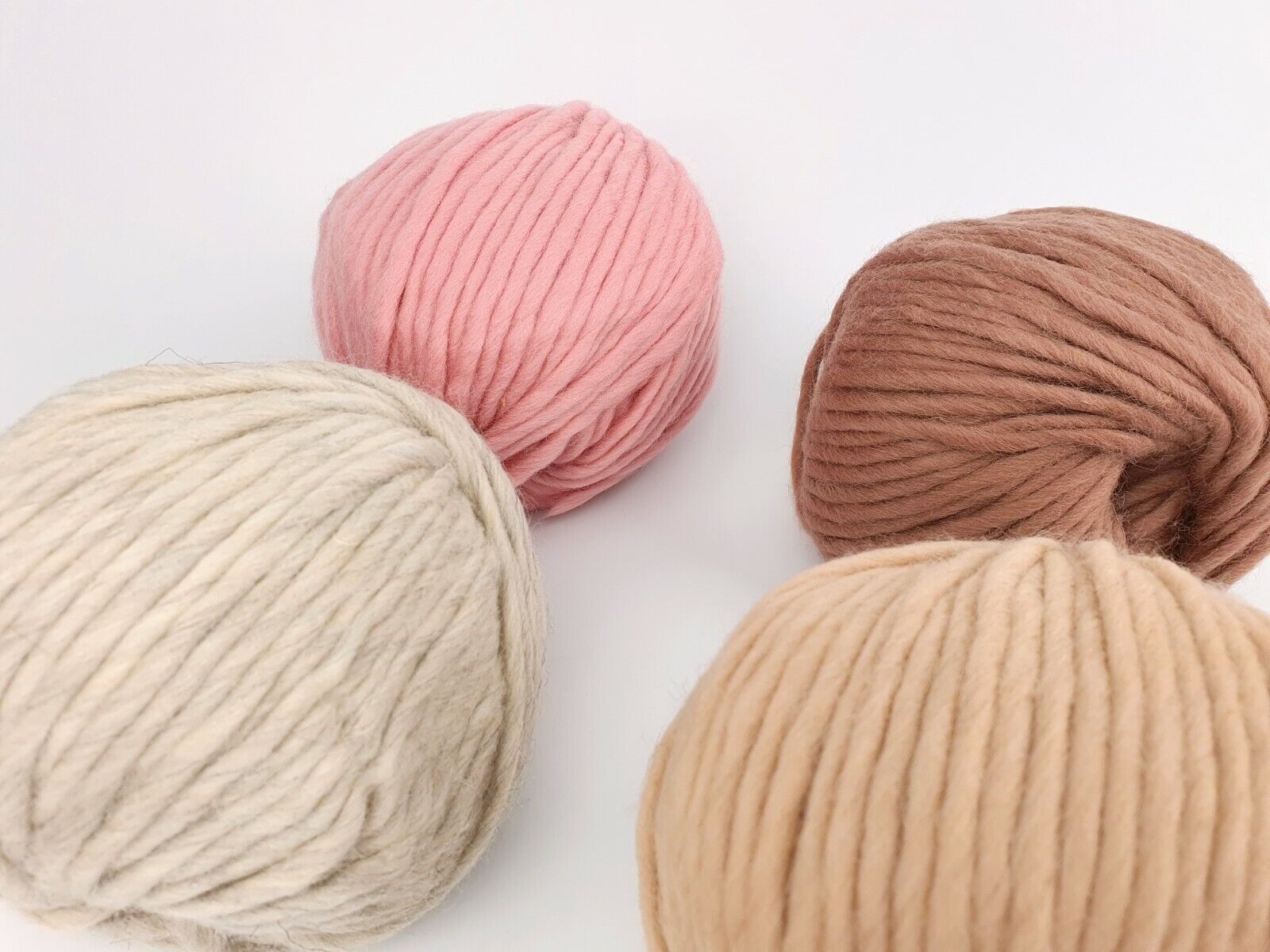


0 thoughts on “How To Wash A Wool Blanket In A Washing Machine”